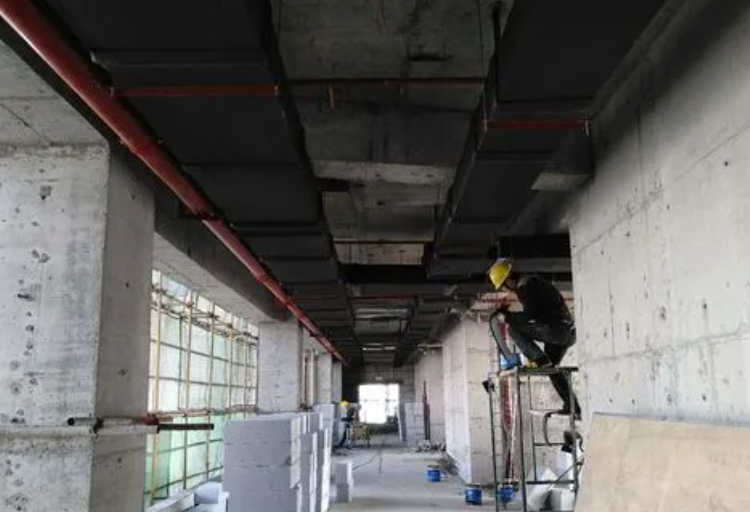

SEARCH
In hospital architectural design, ventilation system is an important facility to maintain indoor air quality and ensure the comfort and health of patients and medical staff. The heat preservation treatment of the ventilation duct is directly related to the energy efficiency and operation stability of the system. Next, I will explain to you where the hospital ventilation duct needs to be insulated.

First, the outer wall of the air duct
The outer wall of the air duct is the part that is in direct contact with the outside environment. If there is no appropriate insulation measures, the heat will easily be lost to the outside space through the outer wall. Especially in winter, the outdoor temperature is low, if not insulation, the heat in the air duct will be rapidly lost, resulting in a decrease in indoor temperature, affecting the rehabilitation of patients and the work efficiency of medical staff. Therefore, it is very necessary to carry on insulation treatment to the outer wall of the air duct.
Second, the air duct connection
In the ventilation system, the air pipes are connected through various connecting parts (such as flanges, elbows, tees, etc.). These connections are often weak points for heat loss. Due to the special structure of the connector, it is easy to produce thermal bridge effect, resulting in heat loss here. Therefore, in the thermal insulation treatment, special attention should be paid to these joints to ensure that they are adequately covered by thermal insulation.
Three, through the structural parts
When the air duct needs to pass through the wall, floor and other building structures, these parts are also the focus of thermal insulation treatment. Because these places are often the channels for heat transfer, if not heat preservation treatment, heat will be transferred to the outside space through these parts, resulting in energy loss. At the same time, the thermal insulation treatment of these parts also needs to take into account the stability and tightness of the structure to ensure that the thermal insulation effect does not affect the overall performance of the building.
Considering the particularity of the hospital, the insulation material should have non-combustible or non-combustible characteristics to prevent the occurrence of safety accidents such as fire. At the same time, the insulation material as far as possible to choose environmental protection formaldehyde-free, good insulation performance and durability. Therefore, the recommended insulation materials are: formaldehyde-free glass wool, rubber and plastic insulation materials.
The insulation work of hospital ventilation duct involves many key parts and aspects. Only comprehensive and meticulous insulation work can ensure the normal operation and efficient use of the hospital ventilation system.
Related